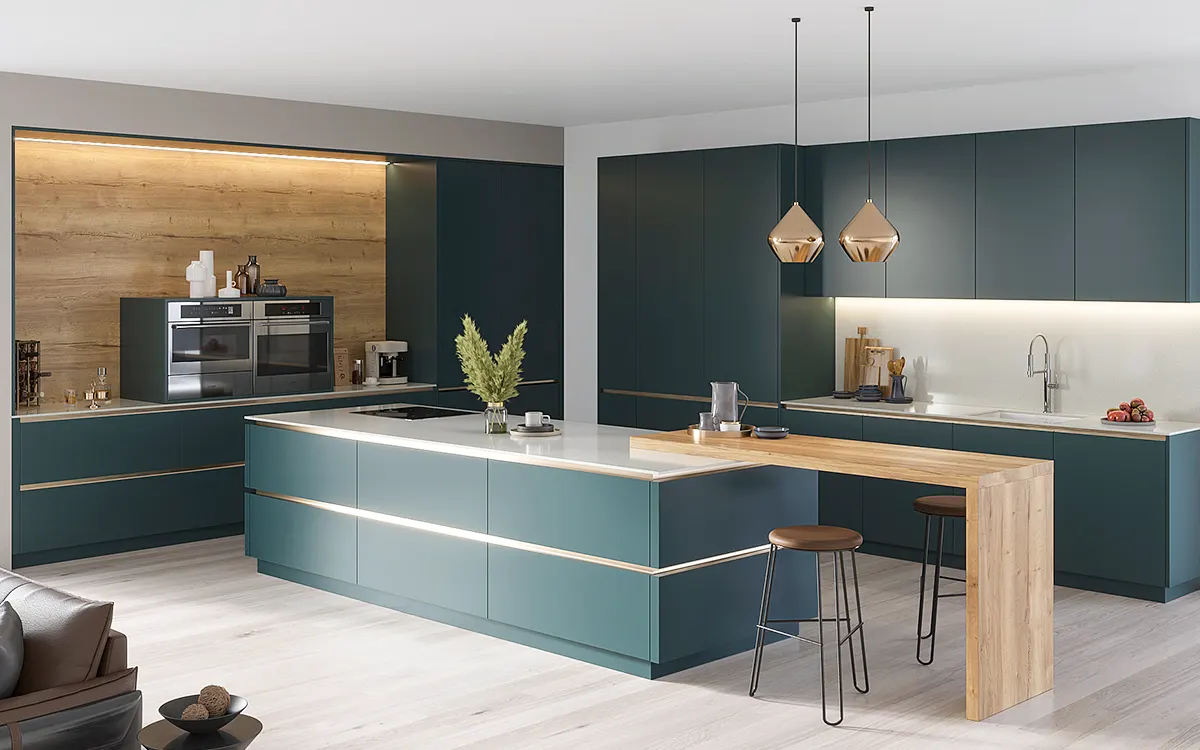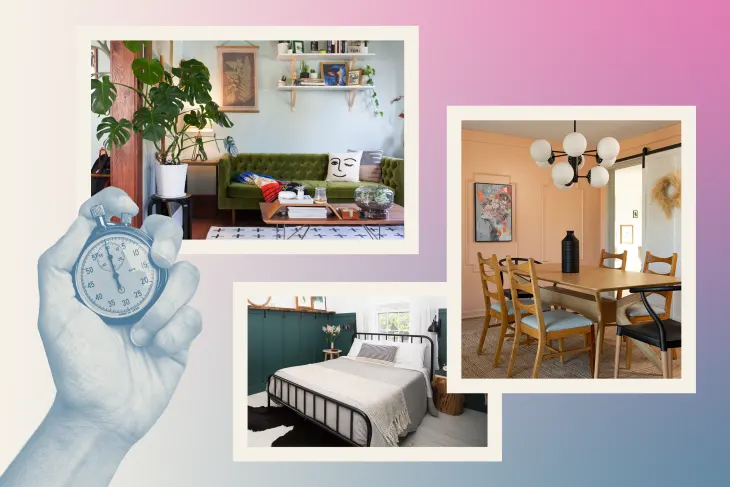Designing a kitchen that is both functional and stylish requires careful planning and attention to detail. As the heart of the home, the kitchen is a place where meals are prepared, conversations are had, and memories are made. To achieve a space that meets both practical needs and aesthetic desires, consider these key elements in your design process.
1. Understanding Your Needs
Before diving into the design, it’s essential to understand how you use your kitchen. Are you an avid cook who needs plenty of counter space and high-quality appliances? Do you entertain frequently and require an open layout for socializing? Assess your daily routines, cooking habits, and storage requirements. This self-assessment will help you prioritize elements that are most important to you and ensure that your kitchen design is tailored to your lifestyle.
2. Planning the Layout
The layout of your kitchen is critical for functionality. The classic work triangle — which positions the sink, stove, and refrigerator in a triangular formation — is a time-tested guideline for efficient kitchen design. However, modern kitchens often incorporate variations of this concept to suit open floor plans and multi-purpose spaces. Consider the flow of movement and ensure there is ample space for food preparation, cooking, and cleaning. Islands and peninsulas can add valuable workspace and storage, as well as create a natural division between cooking and living areas.
3. Choosing the Right Materials
Material selection plays a significant role in both the functionality and style of your kitchen. Durable and easy-to-clean surfaces like quartz or granite are popular choices for countertops, while hardwood or tile flooring offers longevity and a range of design options. Cabinets should not only be aesthetically pleasing but also durable and practical. Opt for materials that can withstand the wear and tear of daily use and are easy to maintain.
4. Lighting: Functionality Meets Ambiance
Lighting is a crucial element in kitchen design, affecting both functionality and atmosphere. A combination of task lighting, ambient lighting, and accent lighting creates a well-lit space that is both practical and inviting. Under-cabinet lights provide essential illumination for food preparation, while pendant lights over an island or dining area add a decorative touch. Consider the color temperature of your light bulbs, as warmer tones create a cozy ambiance, whereas cooler tones are better for task lighting.
5. Maximizing Storage Solutions
Effective storage solutions are essential for maintaining a clutter-free kitchen. Utilize every inch of available space with smart storage ideas like pull-out shelves, lazy Susans, and vertical storage. Custom cabinetry can be designed to fit your specific needs, ensuring that everything has a place. Don’t overlook the potential of corner cabinets, tall pantries, and deep drawers for storing large pots and pans. A well-organized kitchen not only looks better but also makes cooking and cleaning more efficient.
6. Embracing Modern Appliances
Modern appliances can significantly enhance the functionality of your kitchen. Invest in high-quality, energy-efficient appliances that suit your cooking habits and lifestyle. Smart appliances, which can be controlled remotely via smartphone apps, offer convenience and innovation. Integrated appliances, such as a fridge or dishwasher concealed behind cabinet doors, provide a seamless look and keep the focus on your kitchen’s design rather than the appliances.
7. Infusing Personal Style
While functionality is key, style should not be overlooked. Your kitchen should reflect your personal taste and complement the overall aesthetic of your home. From the color palette to the choice of hardware, every detail contributes to the final look. Whether you prefer a sleek, modern design with clean lines and minimalistic features, or a more traditional look with ornate details and warm colors, ensure that your kitchen feels cohesive and inviting.
Incorporating an in-frame kitchen design is an excellent way to achieve a balance between functionality and elegance. In-frame kitchens feature doors that are set within a frame, rather than overlaying the cabinet carcass. This traditional design offers a sturdy and high-quality finish, giving your kitchen a refined and sophisticated look. The in-frame design also allows for greater customization and flexibility, as doors and drawers can be tailored to fit your specific needs and preferences.
8. Adding the Finishing Touches
Finishing touches can elevate your kitchen from functional to fabulous. Consider adding a backsplash that complements your countertops and adds a splash of color or texture. Open shelving provides an opportunity to display decorative items, cookbooks, or even a collection of stylish plates and glasses. Don’t forget about the importance of hardware – cabinet knobs and pulls are like the jewelry of your kitchen, and they can make a significant impact on the overall design.
Conclusion
Designing a kitchen that is both functional and stylish is a rewarding process that involves careful planning and thoughtful choices. By understanding your needs, planning an efficient layout, choosing durable materials, and infusing your personal style, you can create a space that not only meets your daily demands but also brings joy and inspiration. Remember, the kitchen is more than just a place to cook – it’s the heart of your home, where functionality and style come together in perfect harmony.


